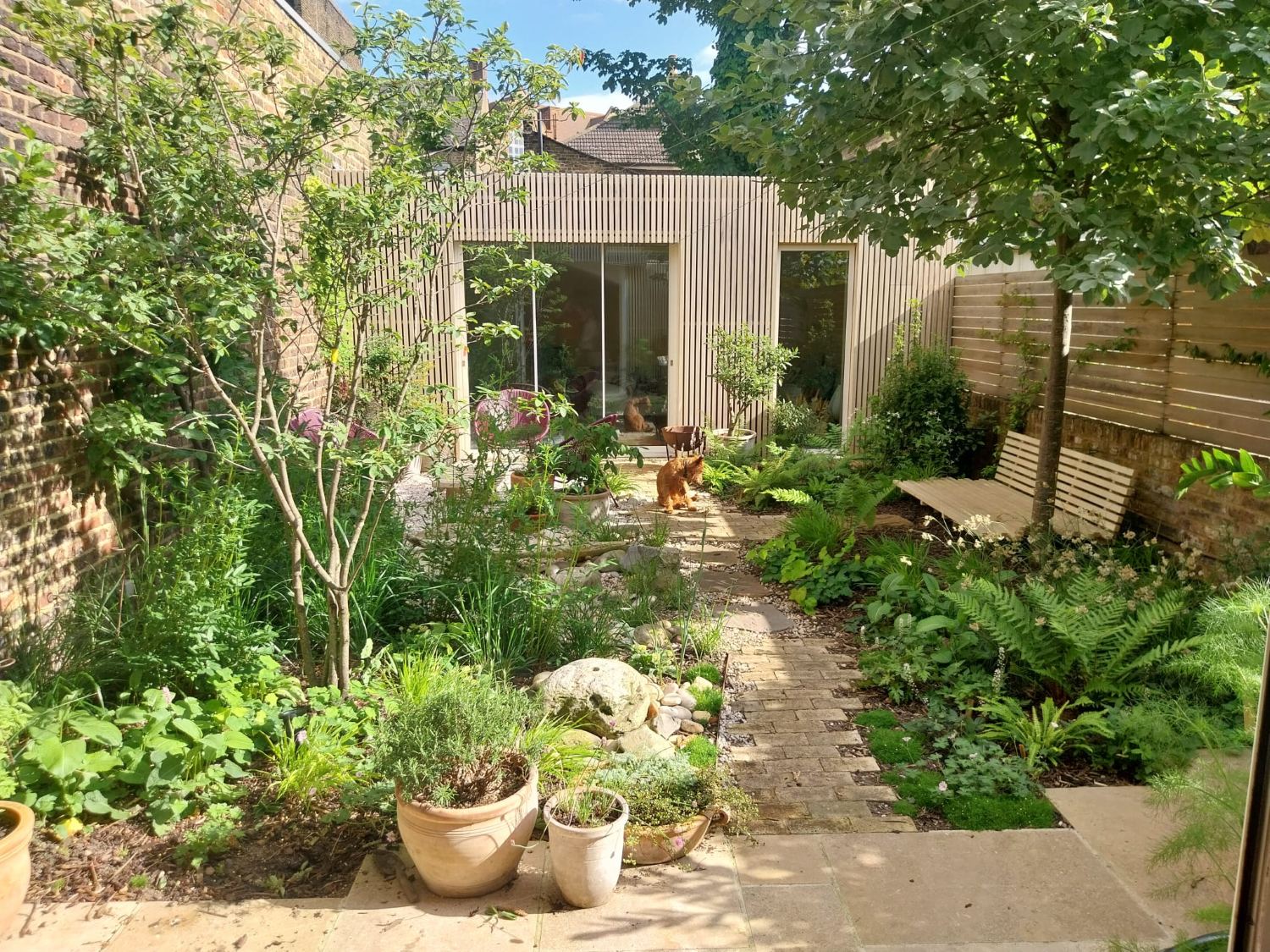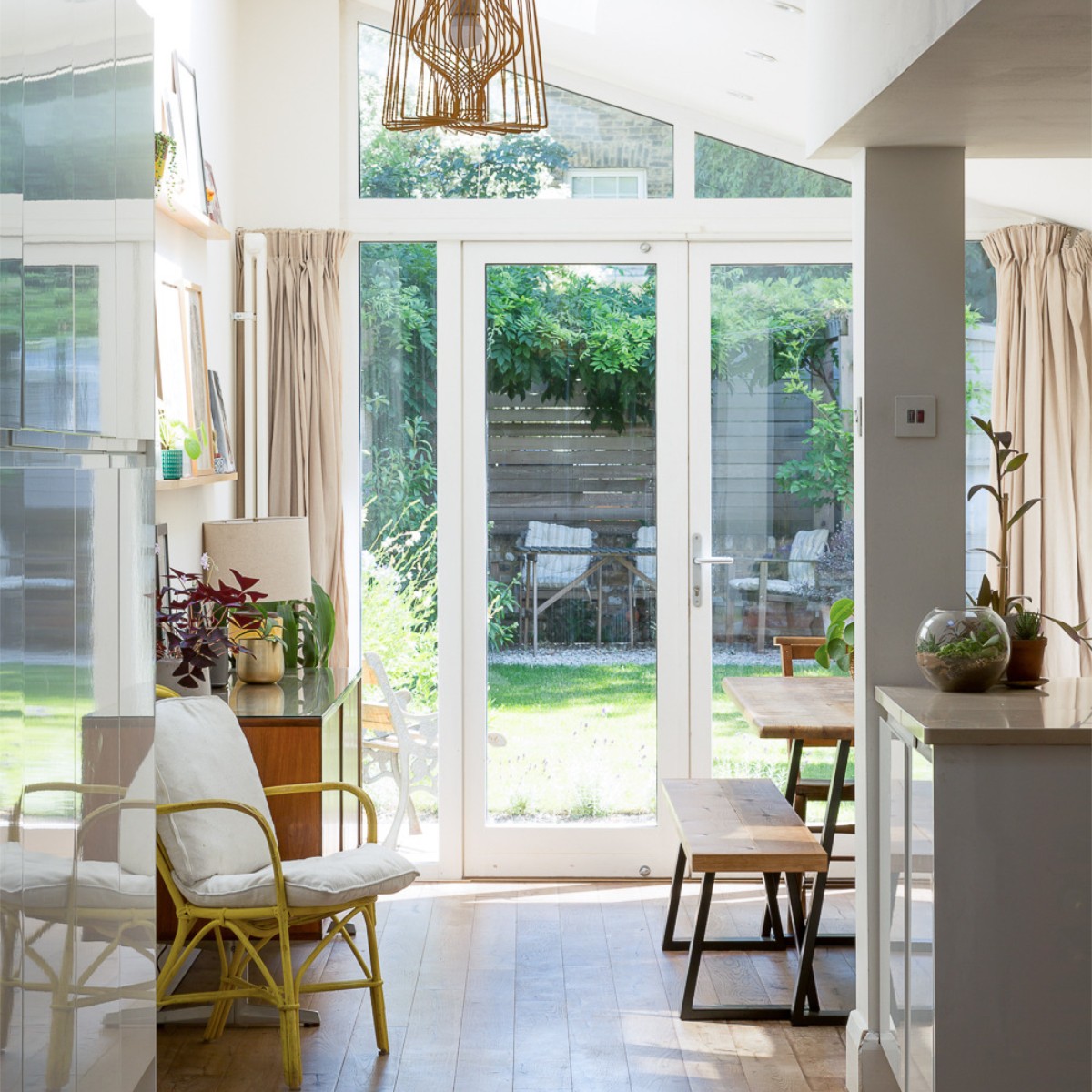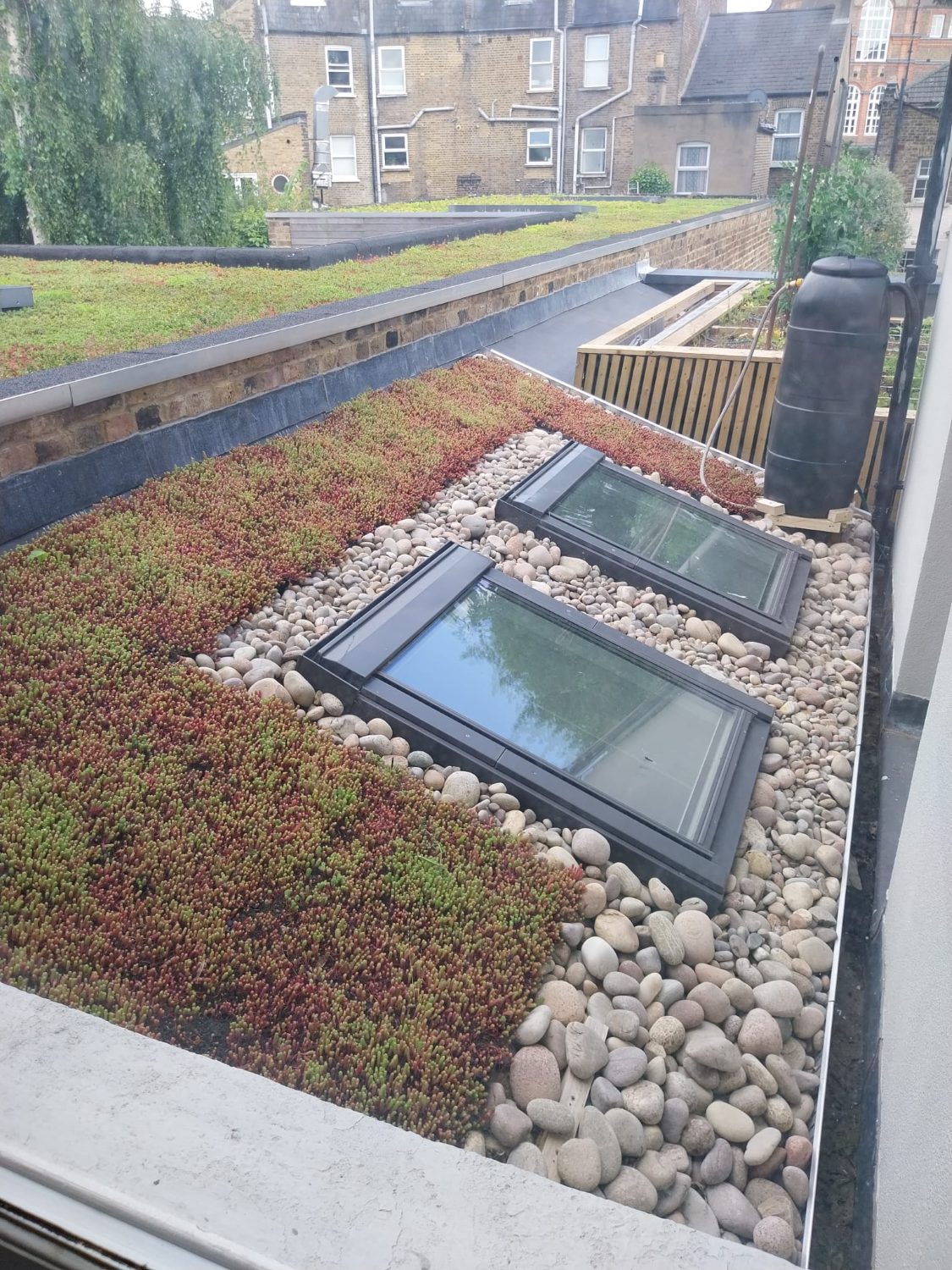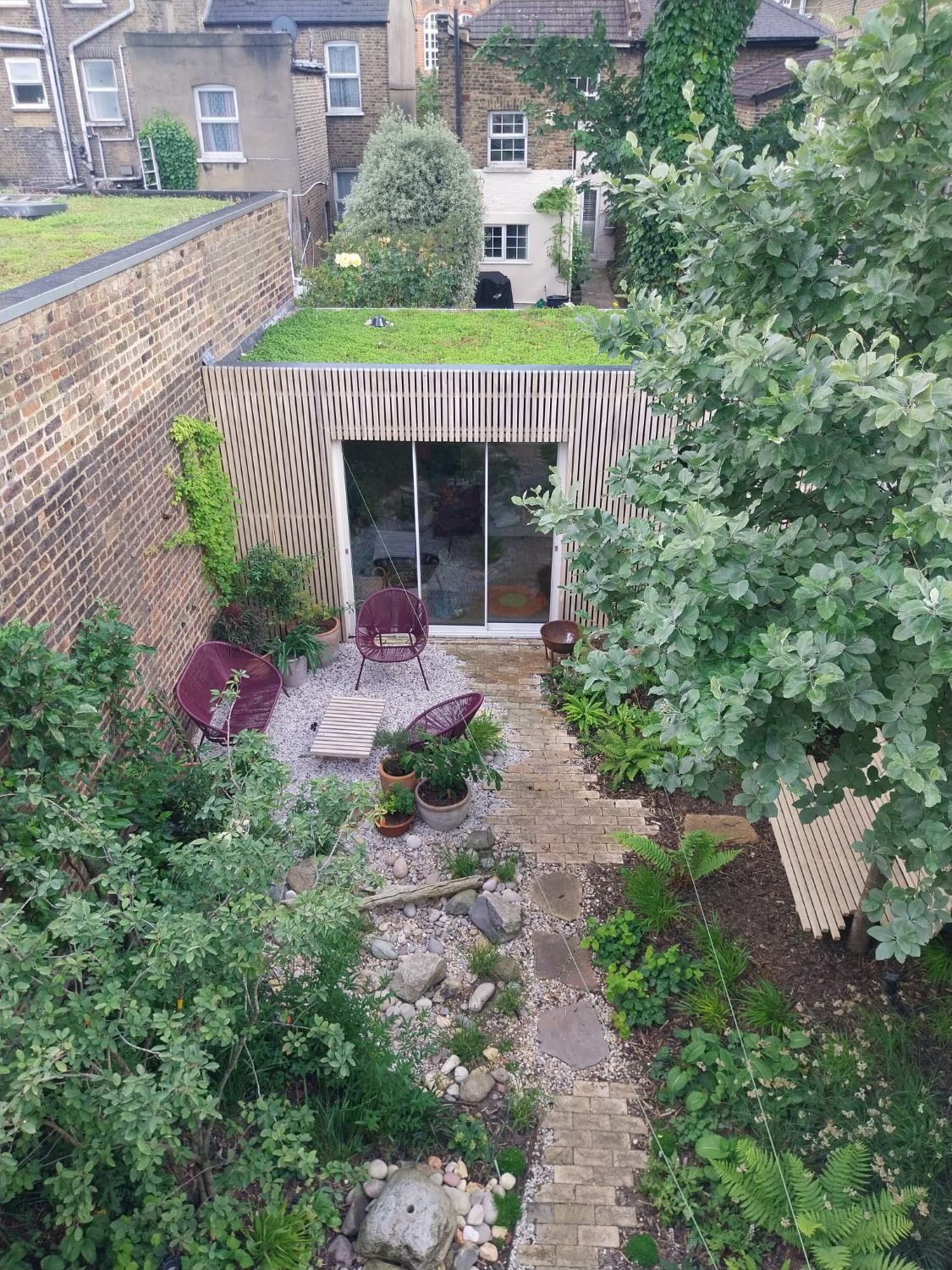How to retrofit your home to make it more energy efficient
Want to make your home sustainable but don’t know where to start? We talk to experts from Ecofurb and Knight Frank Finance about planning and funding your project

With news of energy price rises and the effects of climate change grabbing the headlines, homeowners are increasingly considering how they can improve the energy efficiency of their property. For Russell Smith, creating a more sustainable living environment is a passion that began 20 years ago when embarking on his own journey to retrofit his home.
Frustrated at the lack of information about what improvements would provide the most value and make the largest impact on carbon emissions, he was inspired to offer services to support other homeowners and latterly, in the last five years, create Ecofurb. A ‘one-stop shop’, its services range from qualified experts assessing your home’s energy efficiency and creating a bespoke improvement plan to overseeing the delivery of your project and checking works are completed to a high standard. It also provides information on grant eligibility, alongside impartial financial advice through its partners at Knight Frank Finance.
It’s important to speak to the right people to put the jigsaw together

What are the benefits of retrofitting your home?
Reduced energy bills
Smith notes that one aspect homeowners hone in on the most is energy bills. “Our clients typically spend around £10,000 on energy work, which, with the right targeting of measures, usually yields an average of £1,000 a year in energy bill savings at today’s prices,” he says. However, it’s important to consider the future benefits too. “It can also help insulate yourself against future price rises - a 10% energy price rise sounds a big deal, for example, but on a lower energy bill it's not as considerable.”
A healthier, more comfortable home
Just as one might spend money on the gym, Smith sees retrofitting your home as an investment in your long-term health. The dangers of damp, mould and cold homes are well documented, while a well-ventilated indoor environment can support better respiratory health. In terms of day-to-day living, there is also the comfort factor of being in a well-insulated home, especially during colder snaps in the winter.
Reducing your carbon emissions
According to government data, emissions from residential buildings accounted for a fifth (20%) of greenhouse gas emissions in the UK. This is in large part due to the use of oil and gas for heating and hot water, as well as electricity use. By harnessing technologies such as low-carbon heating systems and using renewable energy sources, we can all play a part in a more sustainable future.
Increasing the value of your property
Alongside the savings in energy bills, it also helps future-proof the value of your home as sustainability increasingly becomes front of mind for housing choices. With the potential for stricter minimum efficiency standards in the private rented sector, tenants are increasingly willing to pay a premium for a higher EPC rating too.
How do I get started?
When considering retrofitting your property, Smith advises thinking in tandem about all the other home improvements you might also want to make in the near future - whether that’s a new kitchen or an extension. By seeking the advice of an expert such as Ecofurb, you can take a holistic approach to achieve an outcome that fits your aspirations and lifestyle, and avoid costly extra building work down the line. “Often when consulting individual contractors they will adhere to building regulations that offer only the minimum when it comes to energy efficiency,” he says. “It’s important to speak to the right people to put the jigsaw together.”
He also recommends visiting other people’s homes that have had similar work completed to get a true sense of improvements that can be made. “There are some parts of the country that have formal open home events, such as Open City in London. The charitable foundation Nesta also has a website where you can register to visit a heat pump and discover how it might work in your own home.”


What improvements should I consider?
By thinking about the house as a whole, you can put together a comprehensive plan that makes the most of the impact of any installations. These could include a heat pump, which absorbs heat from the outside air to heat your home and water. “In order to make the heat pump operate optimally, we’ll be looking at how to make sure the fabric of the building works well. This includes insulation to reduce heat loss, and then air tightness, which is removing all the gaps around your house such as draughts around windows.”
Once your building is airtight, having a good ventilation strategy is key. “Introducing the ability to bring fresh air back into the building may sound counterintuitive, but it's important for improved health. These systems also remove excess moisture from the home, which can be the cause of condensation and mould.”
Renewable sources of electricity such as solar panels are now more accessible than ever. Smith highlights that even if you live in a block of flats, companies such as Sunsave offer technologies that enable you to receive a share of energy generated from solar panels. “There's also a huge amount of water wasted in buildings and some very simple things you can do,” he advises. “For instance, low flow shower heads and toilets that have flushing mechanisms that are low water consumption.”
How much will it cost to retrofit my home, and how can I finance it?
According to recent analysis, the average cost for reaching an EPC C-rating for the private rented-sector stands at £8,148 and £9,275 for owner-occupied homes, varying depending on the number of interventions required. With a number of grants available to make your home more energy efficient, services like Ecofurb can assist in working out which you are eligible for.
Beyond this, Matthew Fleming-Duffy of Knight Frank Finance advises approaching financing such works as you would for any other home improvement. “There are some lenders that will offer specialised retrofit or green mortgage products that will give you an incentive or cashback to make your property more energy efficient within a certain timeframe. Many people may instead opt to increase their mortgage, or use a credit card for smaller amounts,” he says. “My role as a broker is to find the best solution for an individual’s circumstances and requirements, regardless of the label.”
For further information contact Ecofurb or Knight Frank Finance


